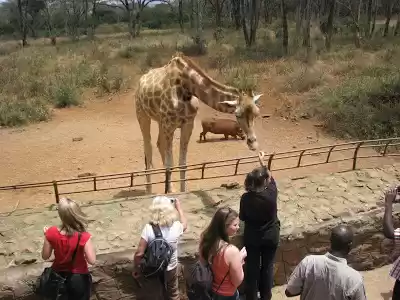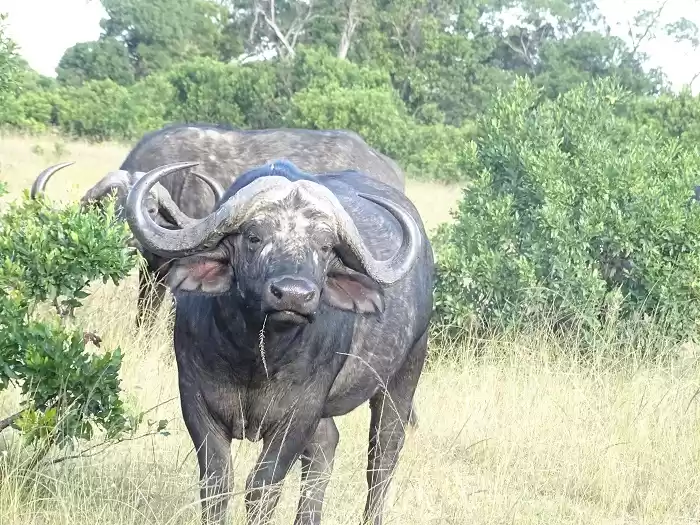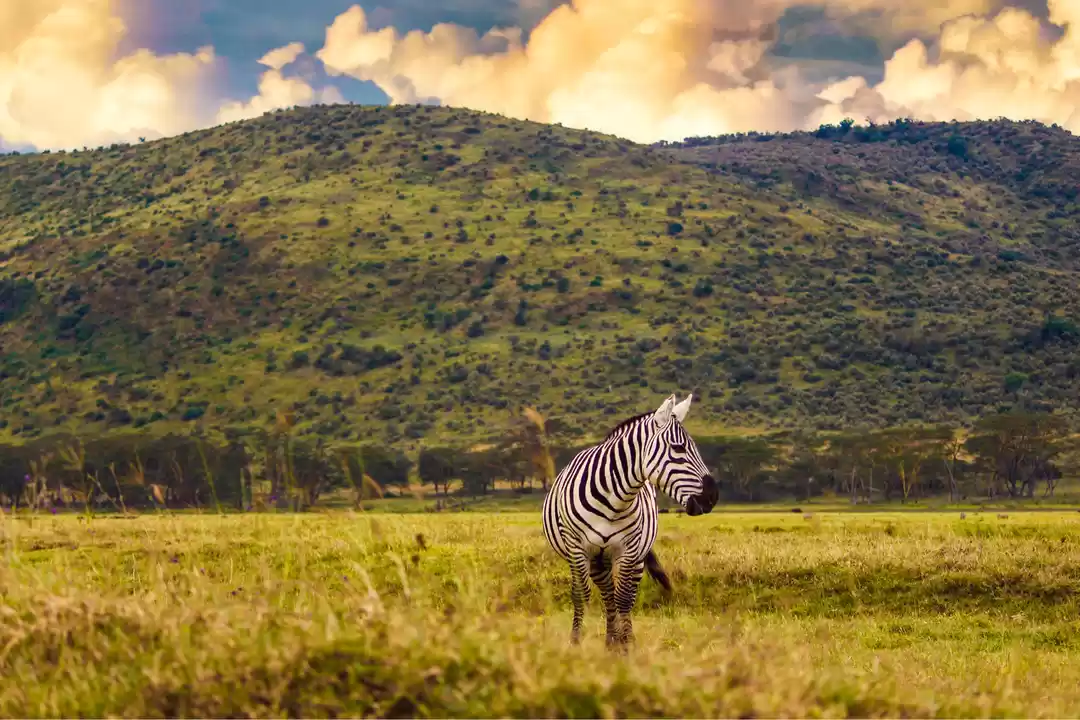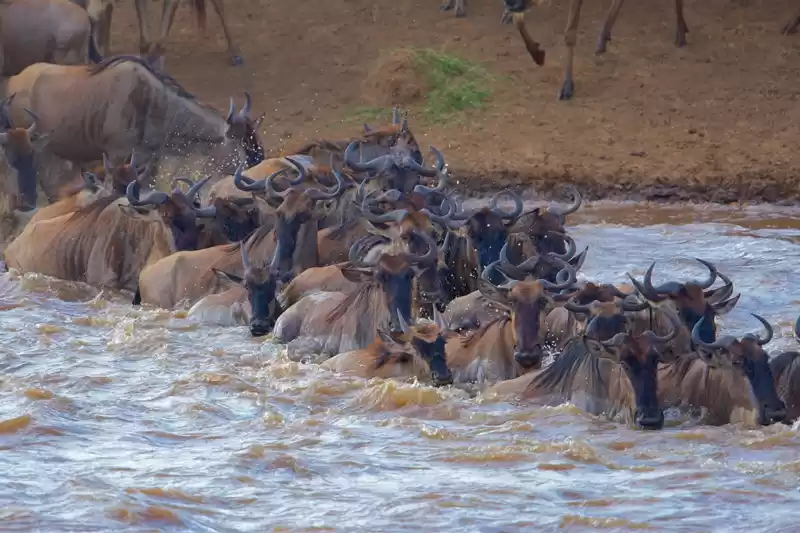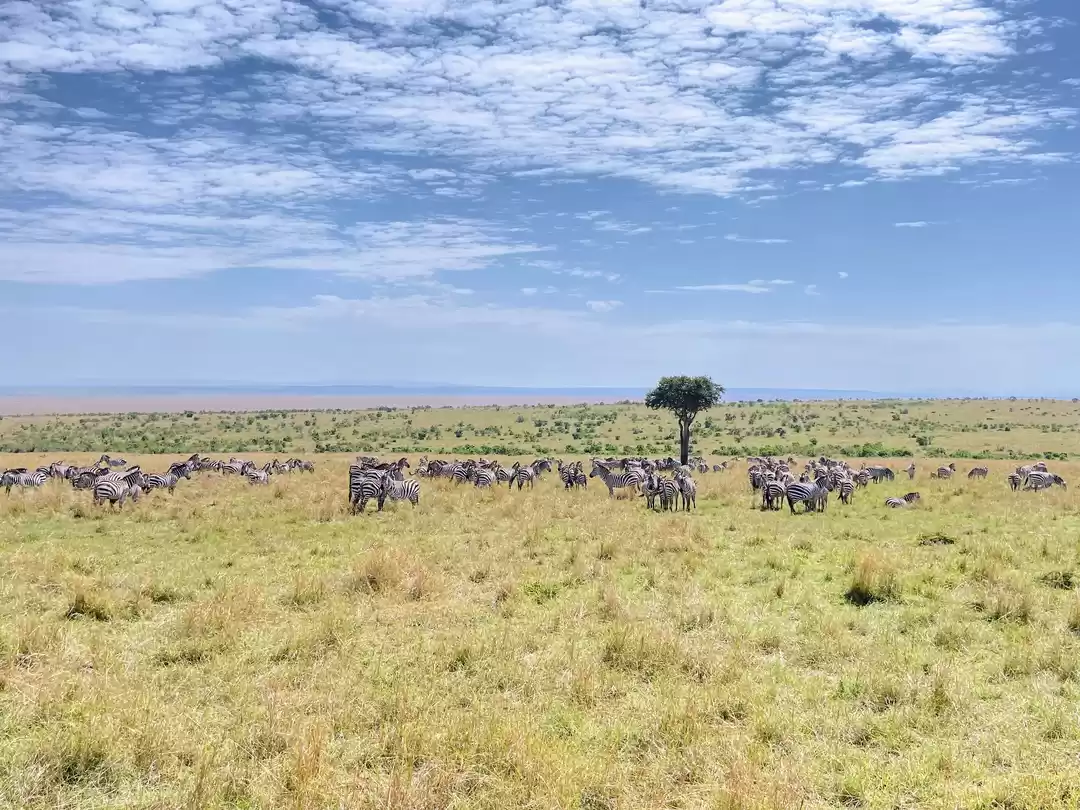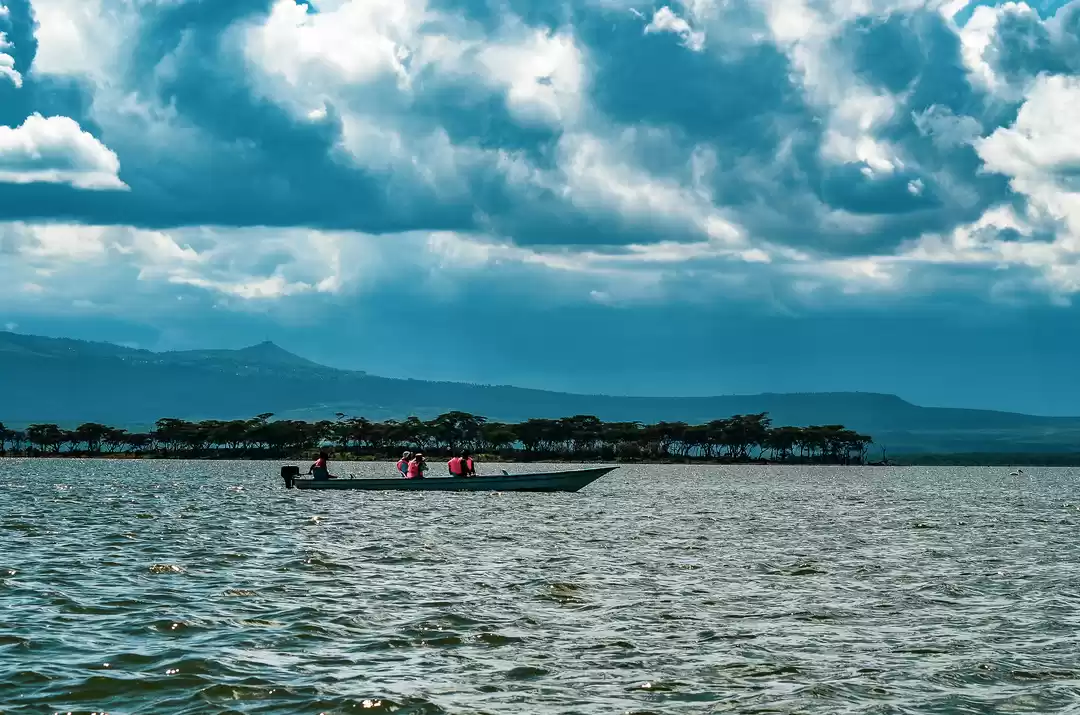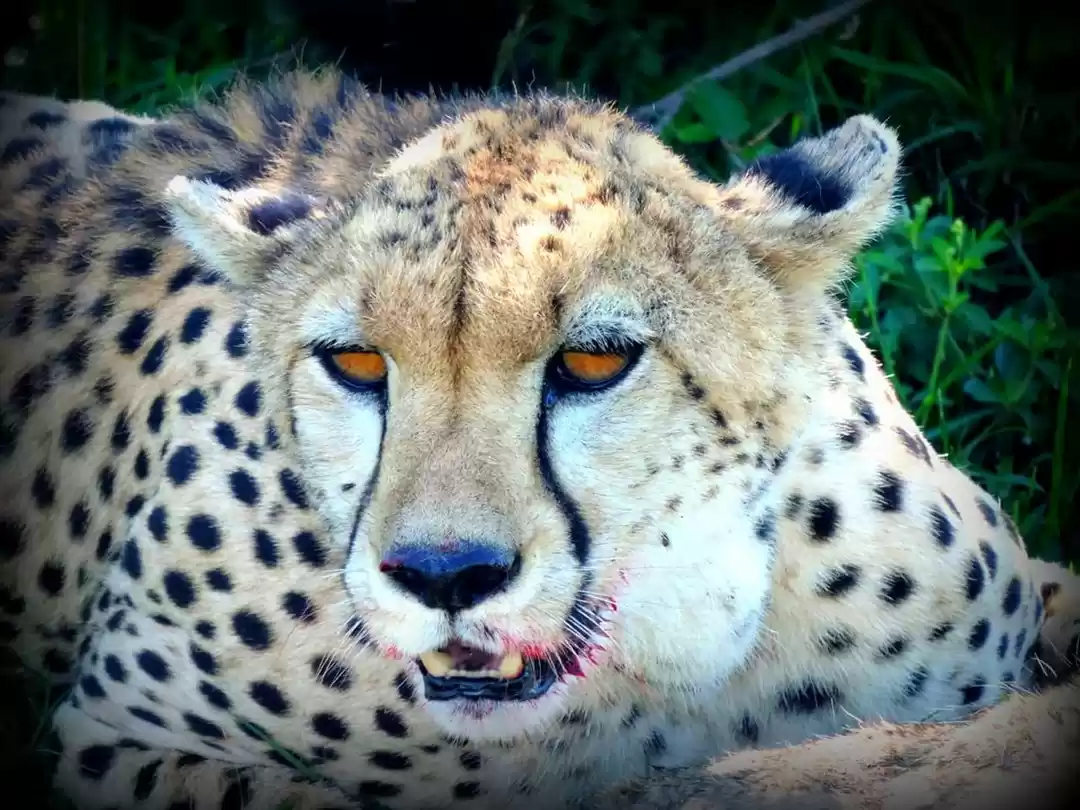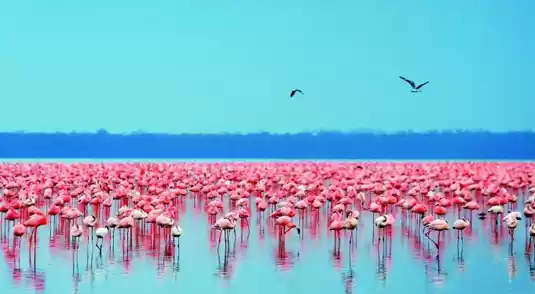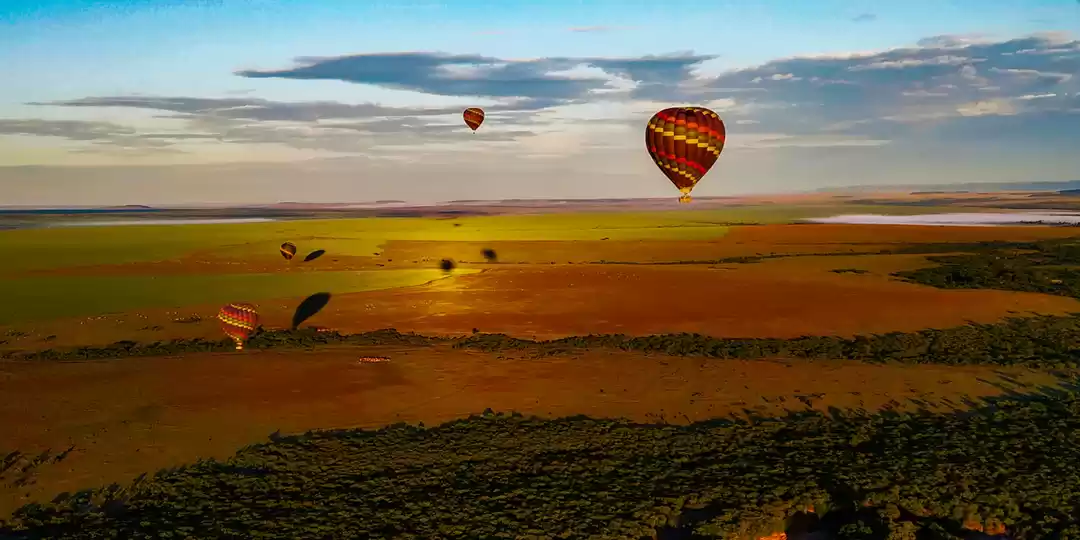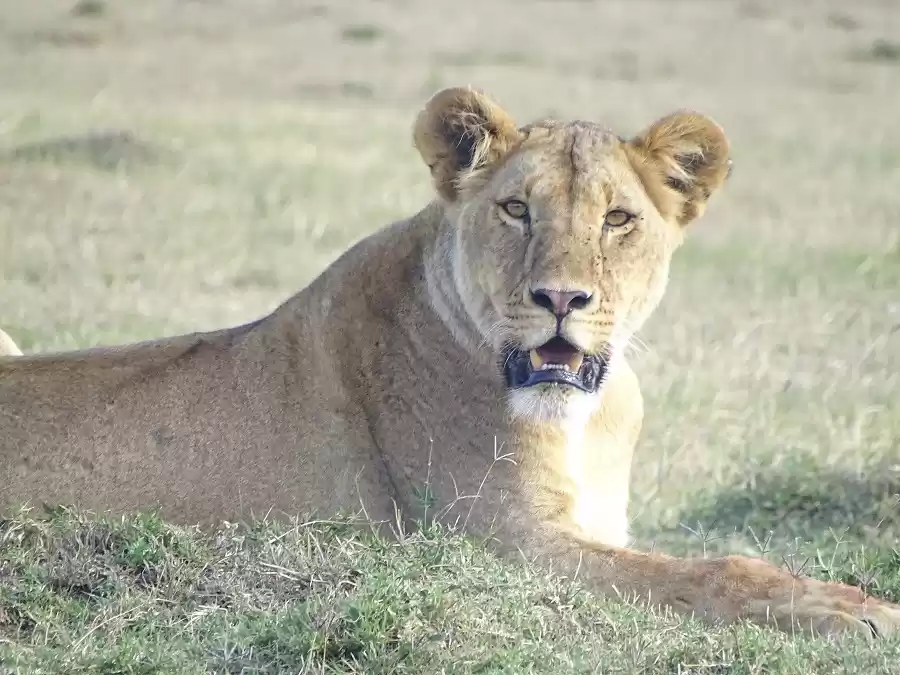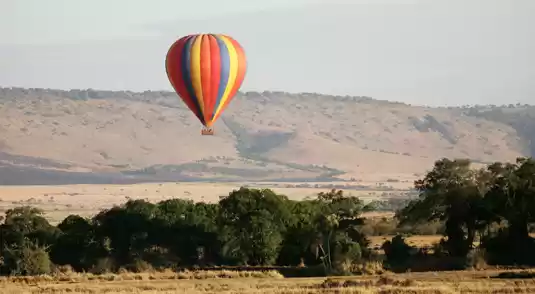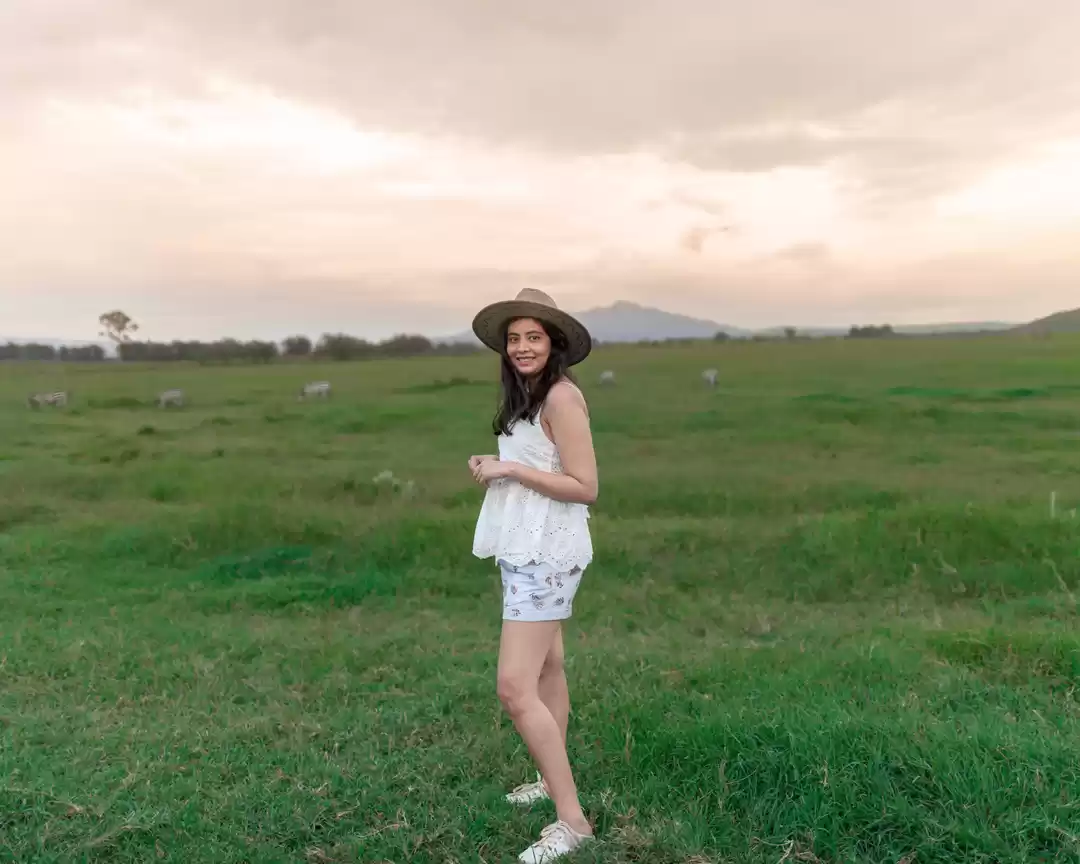









‘The White Masai’ – A book I’m desperately looking for at the Nairobi Airport. It has been a week in the Kenyan countryside and the sights and sounds have been overwhelming. It’s a lot like my own country where colors are bright, voices are loud and traffic is insane. But I’m looking for this book because I don’t want my journey to end. I want to keep reading and imbibing the essence of Kenya – the Masai tribe, and the beautiful African Savannah – the Masai Mara.
When I think back of my trip to Kenya, we drove a LOT. We drove for 7 days cross-country. From Nairobi to Sweetwaters to Lake Nakuru, to Masai Mara and back to Nairobi. It was the right thing to do. Flying into Masai Mara would not have shown us the vast beauty of this country, the warmth of their people, the craziness of their roads, their connect with India and Indian politics, and the Kenyan samosa vendors!
But the highlight was Masai Mara! Where the Masai men have more colors on them than a bunch of Holi revelers in Brindavan. Bright red, yellow, blue, all resplendent against their mahogany skin. Sporting strings of beads, shawls and tunics, they strut around on big bare feet, showing us their jumping skills. The higher you jump, the greater you are. This warrior tribe starts each day with fresh cattle blood, live in tiny confined huts (strange given their height!) and have lion manes for hats.
But strange, for all its isolation, the hamlet seemed all stage set for tourists! The warrior clan has realized that living inside the Masai Mara, Tourism is survival. Here, the villagers seemed unfazed to meet denizens of the so-called civilized world. You are invited into the huts (charged for it), shown their handicrafts to buy, lined up for the cameras, and finally waved away with toothy ‘BYE’s! It’s also interesting when a young Masai tells us about how he makes the 15 KM trek once every week to get into the closest town, just so he can check his Facebook account in a cyber café and keep in touch with the tourists who visited his village!
But the villages are mostly outside of the main Reserve. Once you enter the Masai Mara, your jaw will drop. This is a vast expanse of land, teeming with every kind of wildlife and home to thousands of wildebeest who look like they have been painted into the landscape. Our entry to Masai Mara was a view of baby elephants in the foreground, and somewhere behind we could see giraffe necks towering over stubby trees.
We stayed at a resort within the Mara, and went for safaris in the mornings and evenings. Never a dull moment on safari. We’re looking at a cheetah zipping at high speed towards a helpless impala, and a few minutes later, we come across a majestic pride of lions feasting on a wild buffalo, eating the best parts – so the lionesses and cubs can have the spares once they are done. We’re in a jeep 10 feet away but they don’t care.
And so, a few busy days filled with action packed safaris go by too soon. It’s time to get back to Nairobi and it’s a long way away (8+ hours driving). Two hours out of the Masai Mara and back on the highway, I look at the thorny bushes as we speed by. Something seems different. I look closer. It’s a herd of wild giraffes – around 15 of them, big and small, going about their business. They seem to have wandered away from home.
Somewhat like me.
Recommends:
Best time to travel: This really depends on whether you want to view the Great Migration or not. If yes, then the right months are end July-August. And if you’re not particular about it, then the rest of the year is great. My recommendation would be the Fall/Winter months just for the pleasant wintery weather.
Places to Stay:
Sweetwaters: Sweetwaters Tented Camp
Masai Mara: This is an entirely cost based decision. Choose your place to stay based on the money and frills you would want. There are basic, mid-range and luxury (the kind with spirits on the house etc). We went for the mid-range at stayed at the Mara Game Reserve
Ideal Duration:
7 days if driving between towns
5 days if flying from Nairobi
Must Do’s:
At Sweetwaters, stay up late, but patiently. As the moon goes higher and higher, you will slowly begin to see the Rhinos come to the water bodies. In the silence of the night, it’s amazing to hear and feel the wilderness so up-close.







